We may earn money or products from the companies mentioned in this post. This means if you click on the link and purchase the item, I will receive a small commission at no extra cost to you ... you're just helping re-supply our family's travel fund.
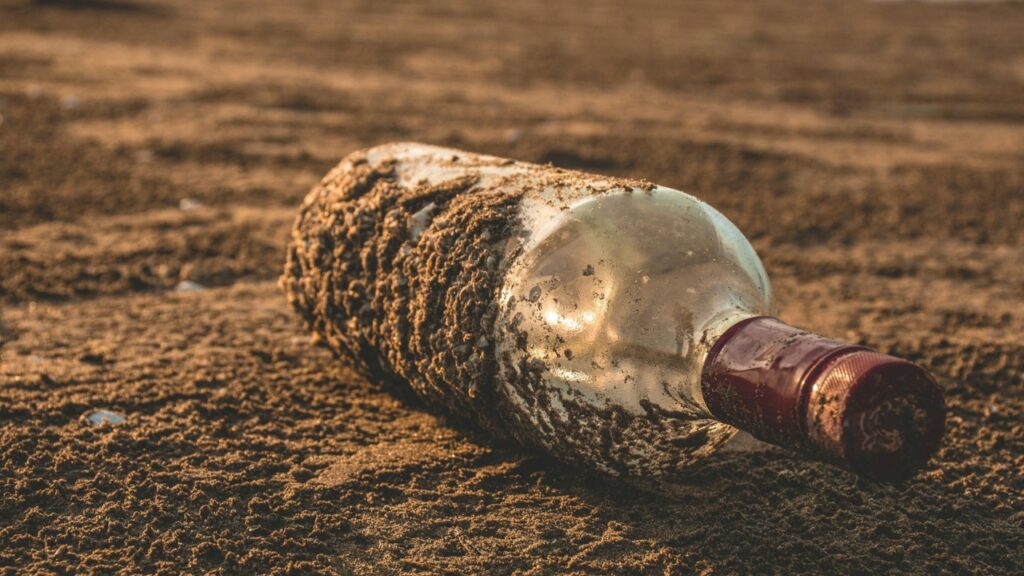
Antique bottle hunting may seem like a quirky pastime, but beneath each moss-covered shard or intact glass find lies a story of human history. From Prohibition-era vanilla bottles to cobalt-blue quack remedies, these forgotten vessels offer more than decoration—they’re time capsules, connecting us to lost customs, habits, and voices. Whether found deep in Maine’s piney duff or by a riverbank, each bottle carries whispers of a past moment, person, or place. Let’s explore how this humble hobby unearths histories too often buried and how even the smallest finds can shine with meaning.
1. Each Bottle Is a Tangible Memory
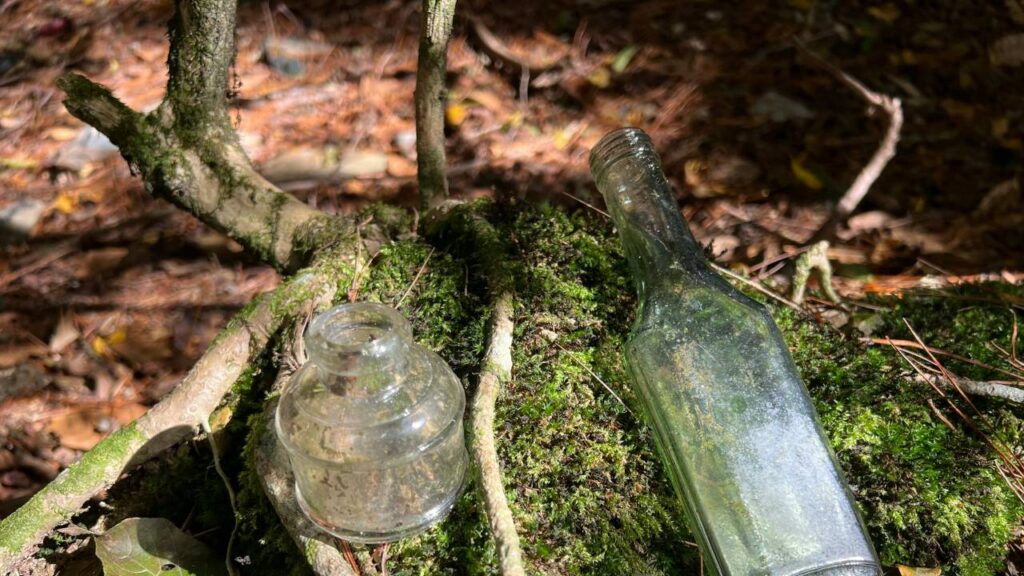
Antique bottles preserve history you can hold. Discovering an old Tab soda bottle in the woods might seem mundane, but to the finder, it recalls memories of childhood flavors and simpler times. These bottles serve as time-traveling objects that reconnect us with our personal pasts and the broader cultural fabric, even if they’re “worthless” by collector standards. Sometimes, the value isn’t in the price but in the powerful nostalgia that glass can hold.
2. Bottle Dumps Offer Community Clues
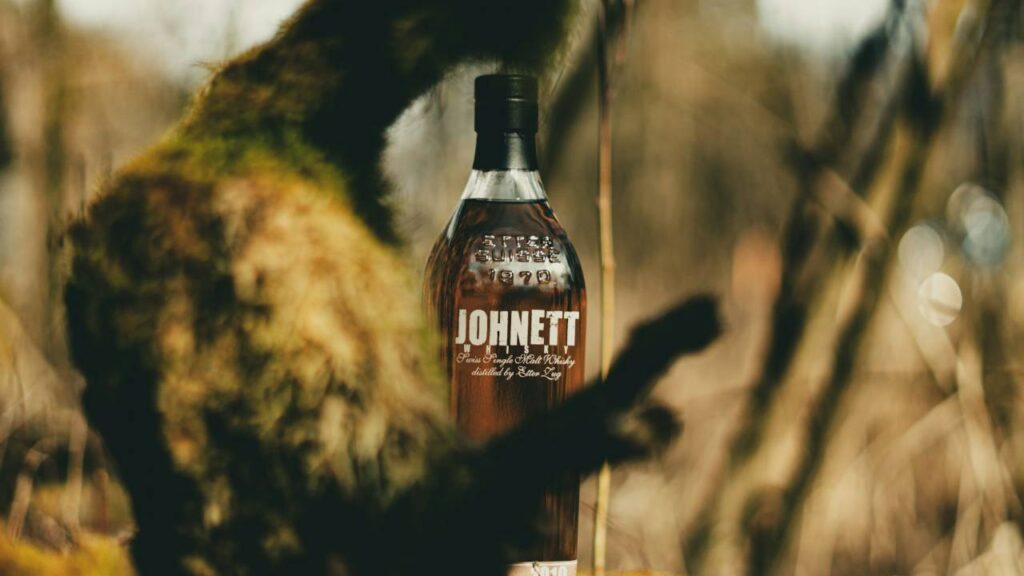
Finding a trove of old bottles—often behind cabins or near lakes—reveals how previous generations lived. Whether filled with syrup, patent medicines, or hidden spirits during Prohibition, these dumps provide insight into daily life. They help reconstruct forgotten routines, preferences, and survival strategies, like how paper mill workers once relied on vanilla extract bottles not for baking, but for drinkable distraction. It’s archaeology at its most accessible.
3. Quirky Packaging Holds Cultural Insight
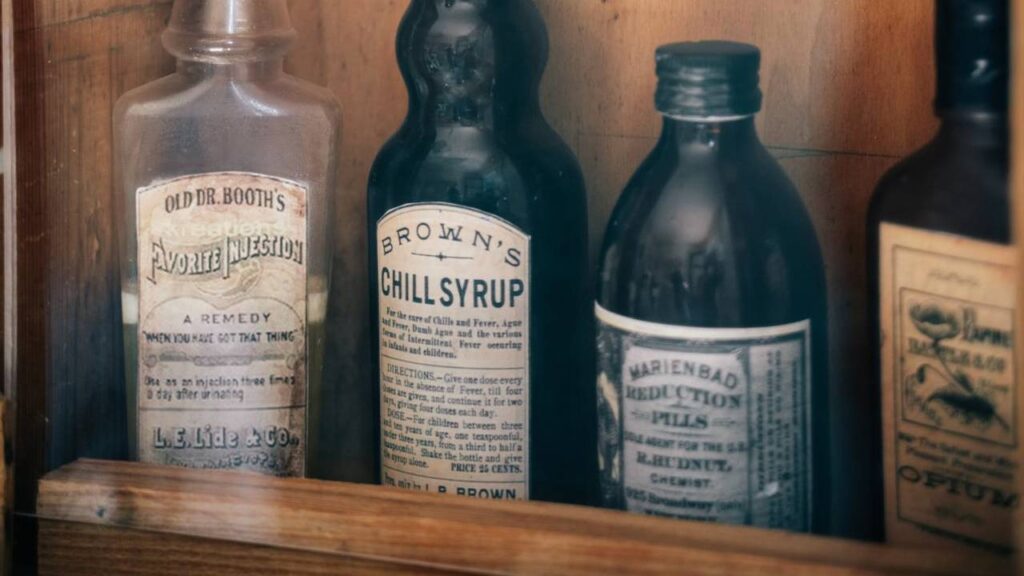
Odd-shaped bottles with ornate embossing or fantastical branding—like “Dr. Kilmer’s Swamp-Root Kidney Liver & Bladder Remedy”—reveal how marketing once mingled with medicine. These vessels are not just humorous relics but artifacts of how people once trusted unregulated cures. They tell stories of hope, desperation, and the evolving relationship between science and consumerism. Collectors value them for their storytelling just as much as their design.
4. Forgotten Brands Surface Again
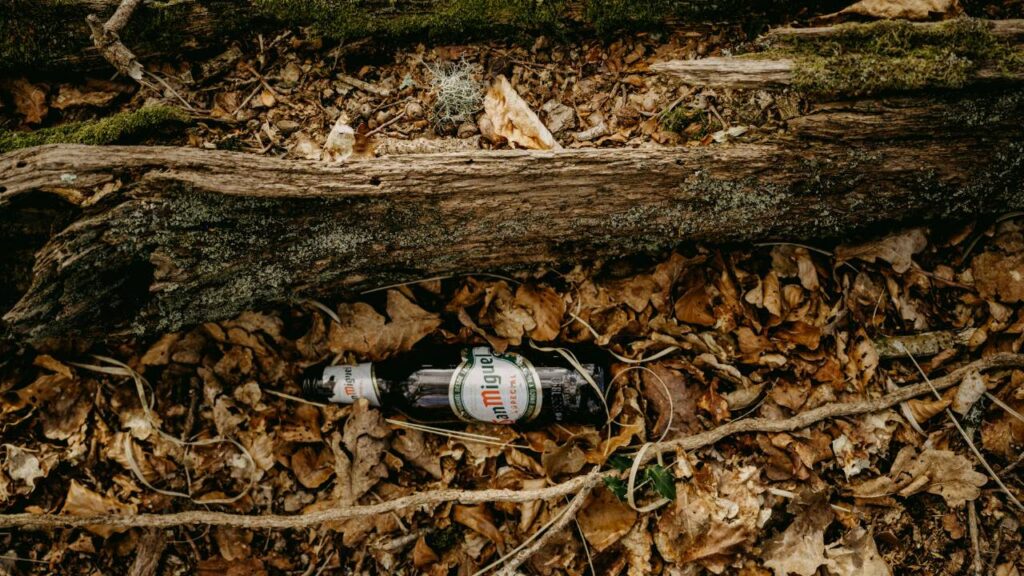
Long-lost brand names often resurface in bottle form, like Watkins Company vanilla extract bottles or Log Cabin Syrup containers. These brands were household staples, and their remnants hint at what people valued—or consumed—in secret. Bottle hunters often become brand historians, piecing together business legacies, regional habits, and economic trends through embossed logos and labels. What seems like trash becomes a record of consumer history.
5. Underwater Bottles Tell River Tales
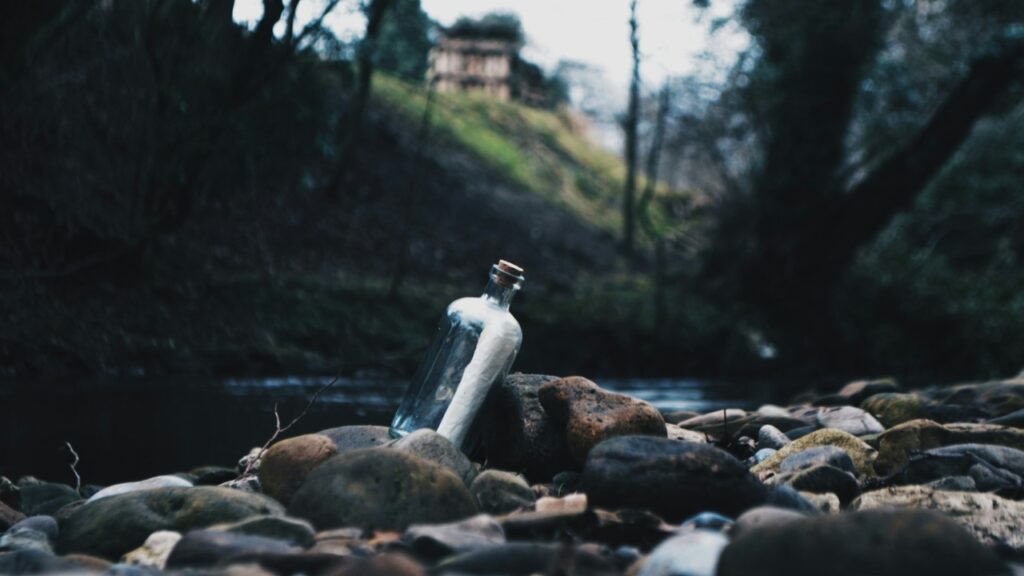
Some hunters take the hobby underwater, diving into riverbeds to uncover discarded cargo. These submerged finds, like 1800s pottery jugs or handblown medicine bottles, once served riverboat passengers. Bottles with bubbles or misspelled town names hint at their handmade origins and offer rich folklore. The quiet of diving adds a meditative quality—turning every river expedition into both a treasure hunt and a moment of peace.
6. Dumps Can Become Living Museums

Some passionate collectors—like Walter Bannon of Maine—turn their bottle stashes into curated museums. From five-room exhibitions to pop-up swap shacks, these spaces document decades of bottle lore. Visitors discover how bottles evolved from wood-molded curiosities to embossed commercial vessels. The National Bottle Museum, for example, shares manufacturing techniques, glowing uranium glass, and an avalanche of preserved stories behind every label.
7. Everyday Items Gain New Life
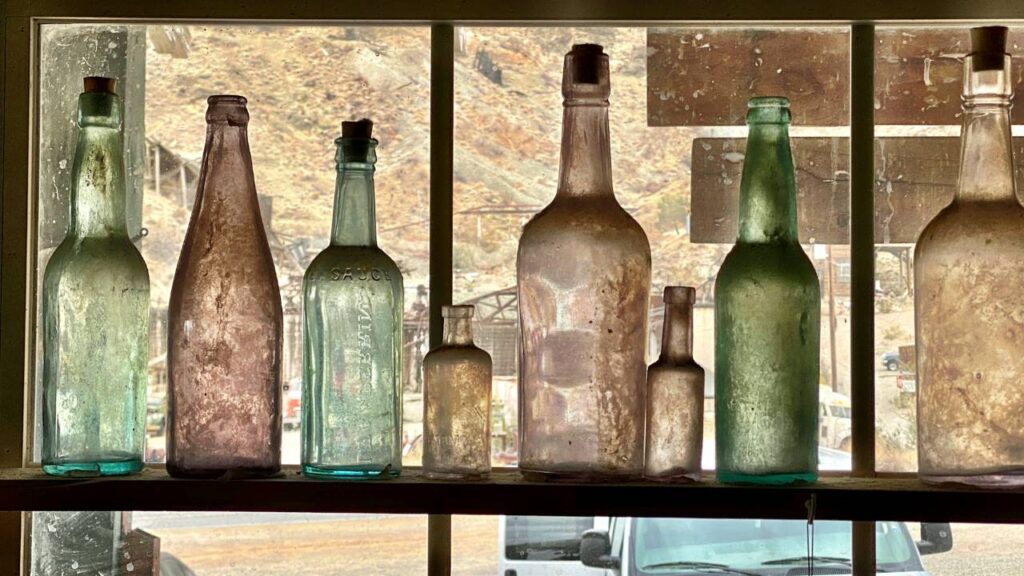
Antique bottles often serve practical modern purposes. They become syrup decanters, cocktail infusers, or decorative gifts. Some people, like Curtis, even start their own “artisanal dumps” to leave behind curated collections for future discoverers. Each reused bottle bridges eras—making them living objects that function today while still whispering yesterday’s tales. They’re proof that even the discarded can have lasting value when repurposed creatively.
8. Hunting Fosters Connection and Curiosity
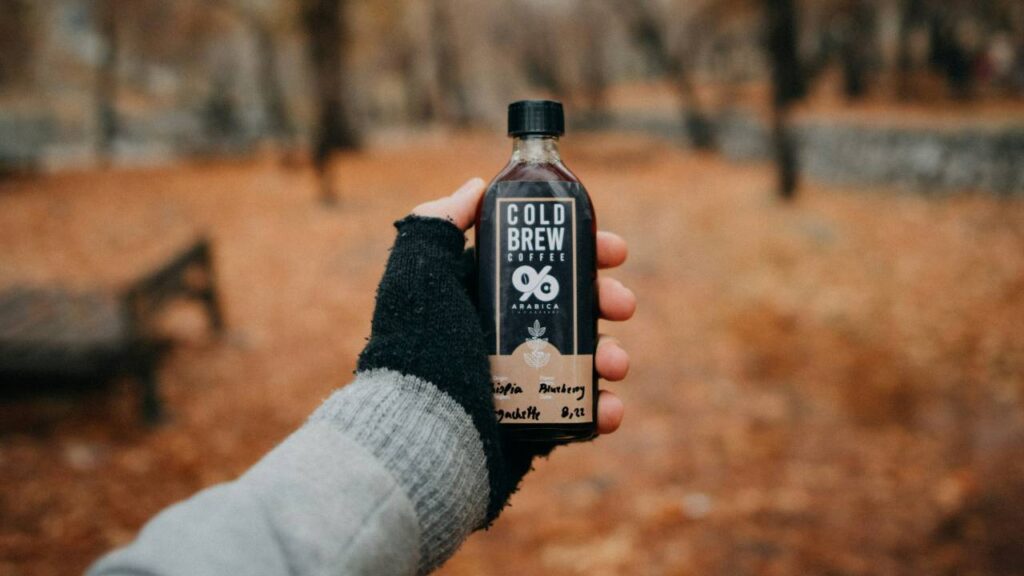
Bottle hunting often begins with curiosity and grows into a deeper appreciation of history and place. From a simple walk in the woods to hours of research, it fosters connection—with one’s landscape, community lore, and others in the hobby. Meeting fellow “bottle guys” or learning from locals about how a vanilla extract bottle was really used builds social fabric through shared storytelling.
9. A New Kind of Legacy is Created
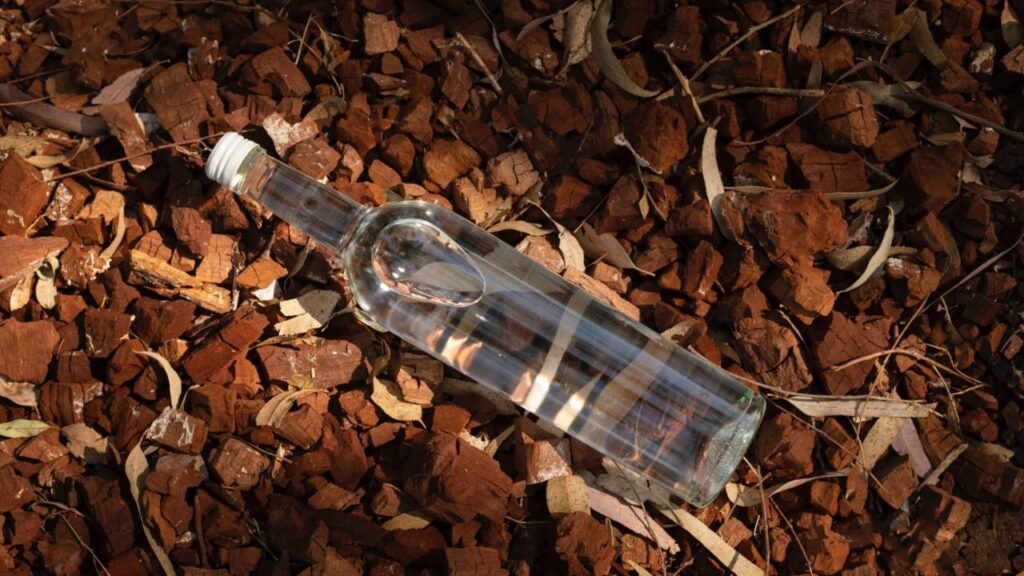
Curtis ends by creating his own bottle dump—carefully arranged for future discovery. By placing modern bottles with care and context, he offers tomorrow’s seekers a glimpse into today’s spirit culture and design sensibilities. It’s both a gift and a nod to the past: a curated legacy hidden under the leaves, waiting to be unearthed. These gestures ensure antique bottle hunting continues long after we’re gone.